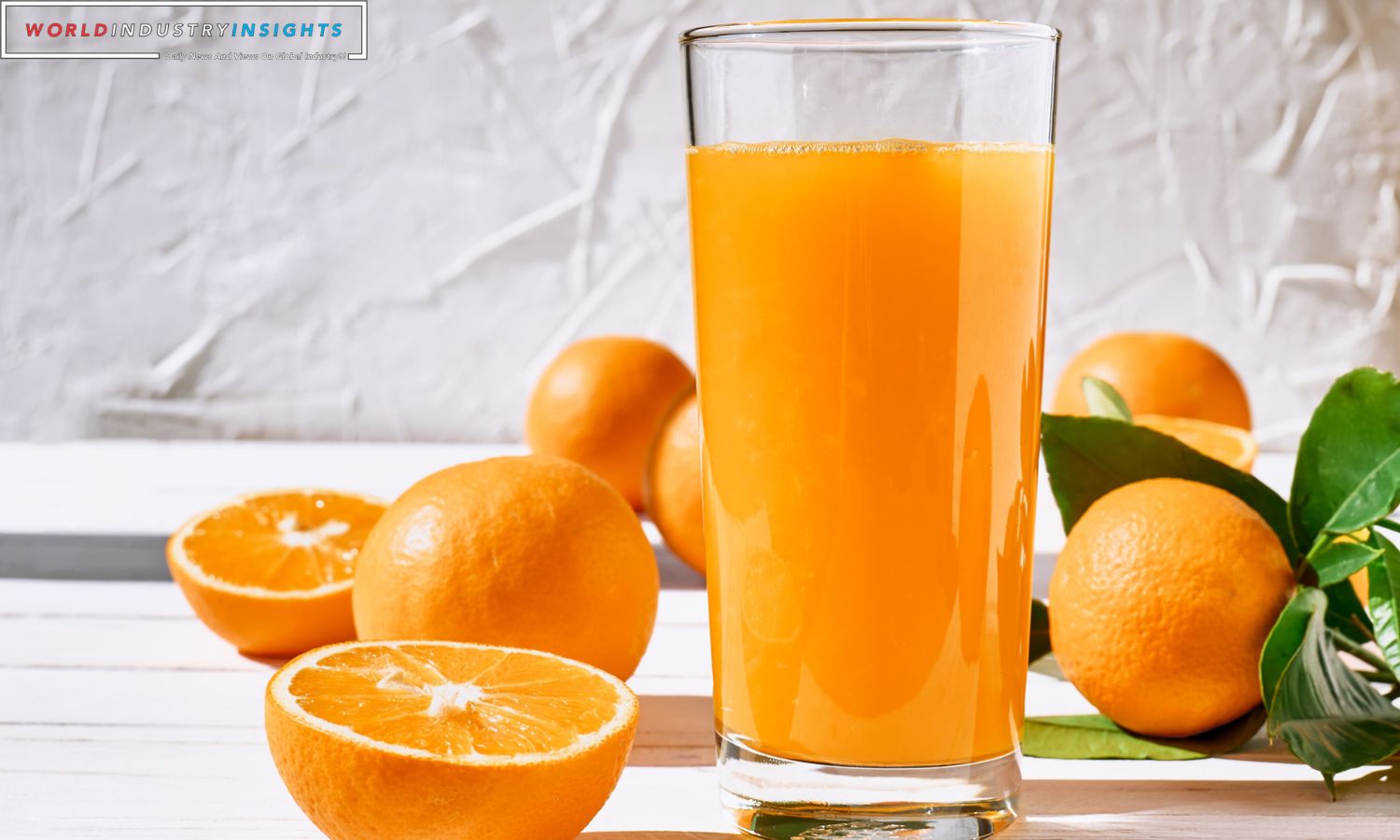Orange Juice Prices Soar to Historic Highs: Orange juice prices hit historic highs on Tuesday, soaring to levels not seen since futures contracts began trading in New York way back in 1966. This surge is driven by expectations of limited production in the United States, Brazil, and Mexico, making investors sit up and take notice.
The January contract for frozen concentrated orange juice (FCOJ) on the Intercontinental Exchange (ICE) reached an all-time peak of $4.17 per pound during the session, although it later retreated to $3.83 per pound. This year alone, the contract has risen by a remarkable 90%.
In the realm of commodities trading, it’s not every day you witness such staggering price surges. As one trader aptly put it, “Occasionally, these markets exceed our wildest expectations. Did anyone predict $4.00 orange juice? The profit potential from this trade is staggering.”
What makes orange juice particularly intriguing is that it’s a relatively thinly traded market compared to heavyweights like corn or soybeans. The January OJ contract, for instance, had an open interest of just 8,111 lots at the end of Monday’s trading. To put that in perspective, ICE’s most actively traded soft commodity, raw sugar, boasted over 435,000 lots in open interest.
Also Read: Seattle Startup Beanless Coffee Breaks Ground in Deforestation Battle
But beyond the excitement of speculative trading, there are solid fundamental reasons for this price rally. Unfavorable weather conditions and a bacterial disease known as “greening” have hampered orange production in the key growing regions of Mexico, the United States, and Brazil. In Florida, hurricanes in recent years have further impacted production.
Ibiapaba Netto, the executive director at CitrusBR, an association representing Brazilian juice producers, notes that reversing the current tight supply situation will take time and is far from certain. Brazil holds a dominant 75% share of the global orange juice trade, but even they face challenges. Netto points out that fruit producers are hesitant to invest in expanding orchards due to fears of the greening disease.
In this environment, orange juice prices have become a symbol of the challenges facing global agriculture, and they serve as a reminder that even the most basic commodities can experience remarkable price surges when faced with supply constraints.
Our Reader’s Queries
Why has orange juice gone up in price?
The cost of orange juice has skyrocketed in recent times, almost tripling since the first coronavirus case was reported in the US. The supply of oranges has been severely impacted by the citrus greening crop disease and multiple hurricanes in Florida, leading to a shortage of this breakfast essential. As a result, the prices have surged, making it one of the most expensive commodities in the market.
How much was a gallon of orange juice in 1970?
Back in 1970, you could buy a pound of bacon for just 95 cents, a dozen eggs for 60 cents, and a loaf of bread for 24 cents. 10 pounds of potatoes would only set you back 90 cents, while a gallon of orange juice cost just 86 cents. And if you needed a caffeine fix, a cup of coffee would only cost you 91 cents. It’s amazing how much prices have changed over the years!
What is the all time high for orange juice futures?
The Orange Juice market has seen a rise of 8.90 USd/Lbs or 2.76% since the start of 2024, as per the contract for difference (CFD) tracking the benchmark market for this commodity. In October 2023, Orange Juice had reached its all-time high of 431.95.
How much did orange juice cost in 2000?
This orange juice is not from concentrate and has been produced by AB2Marketing for several years. The retail price for this product is $3.42 per 15.3052 ounces and $1.25 per 25.2523 ounces. There are additional rows of information available.


